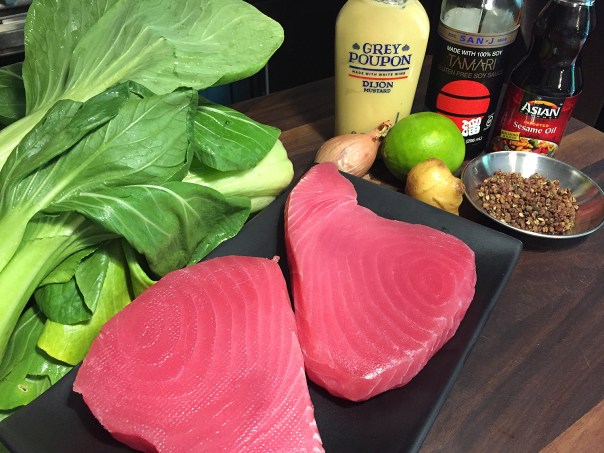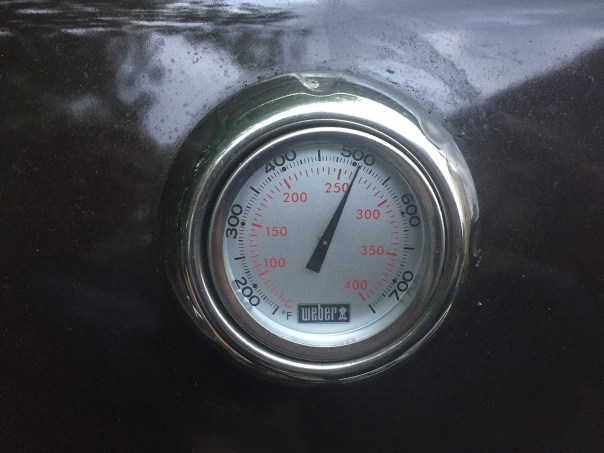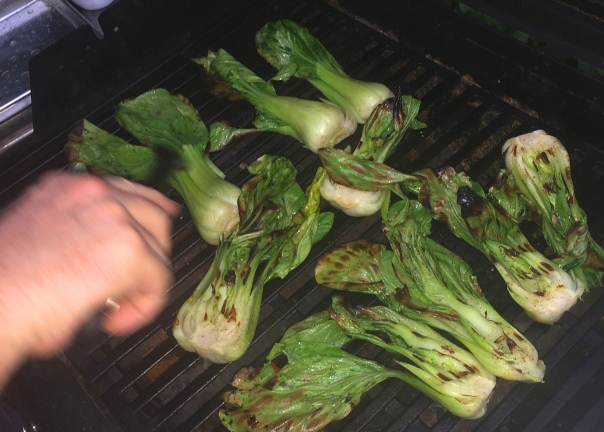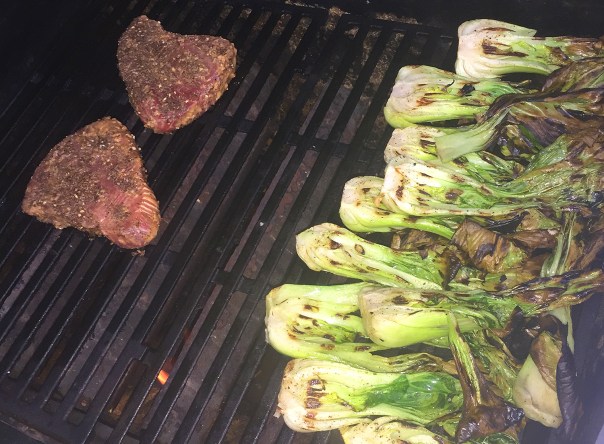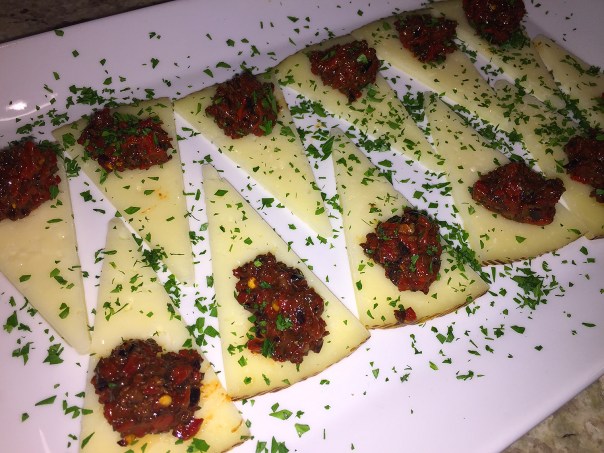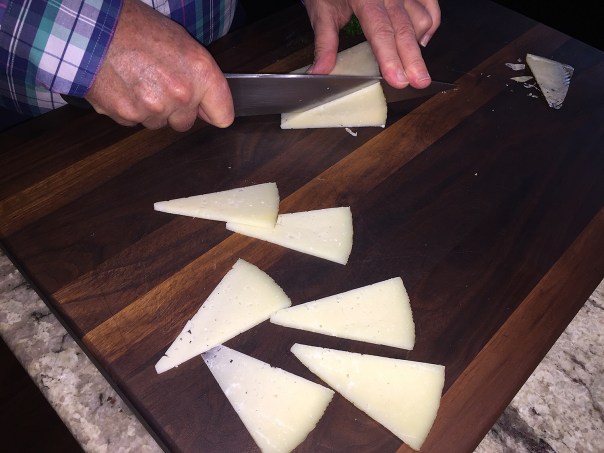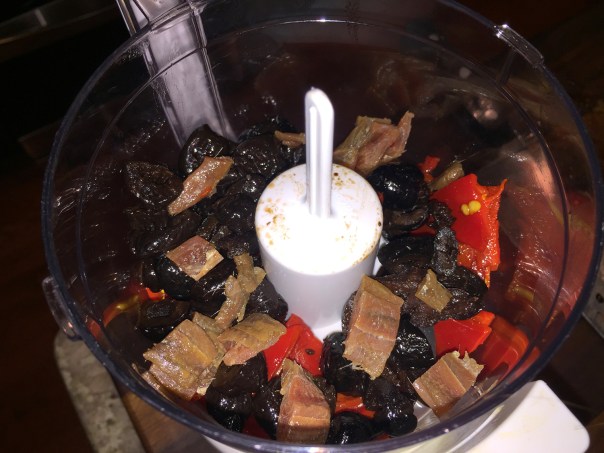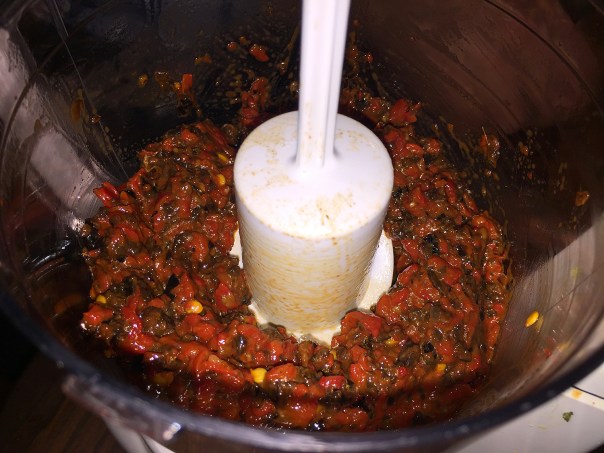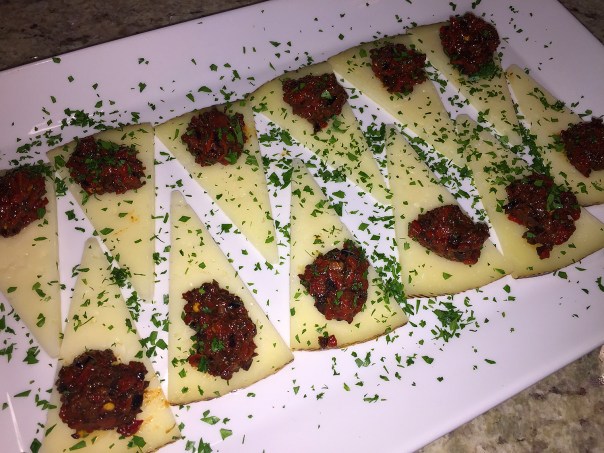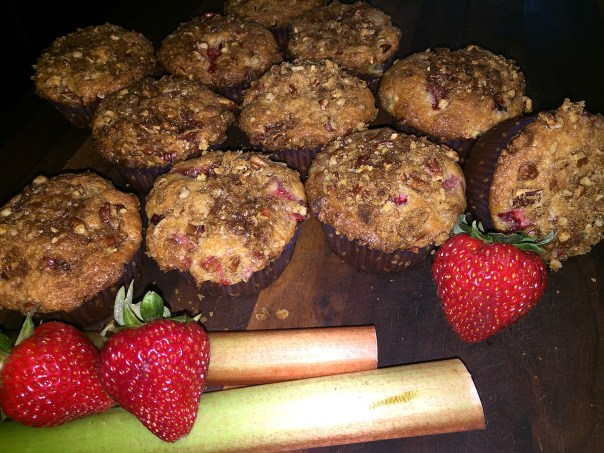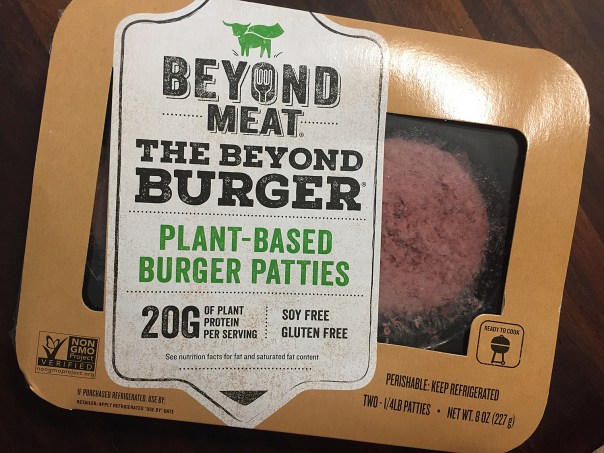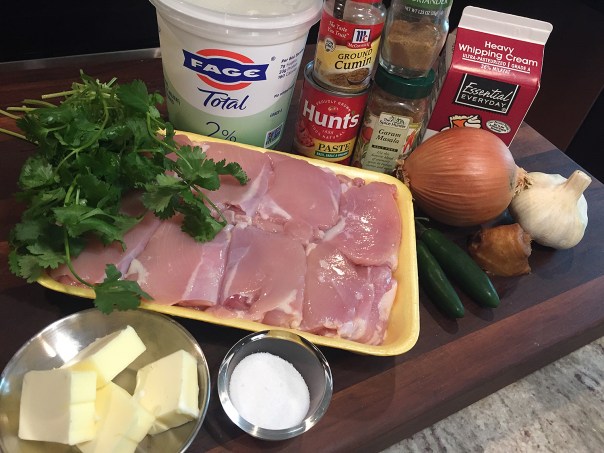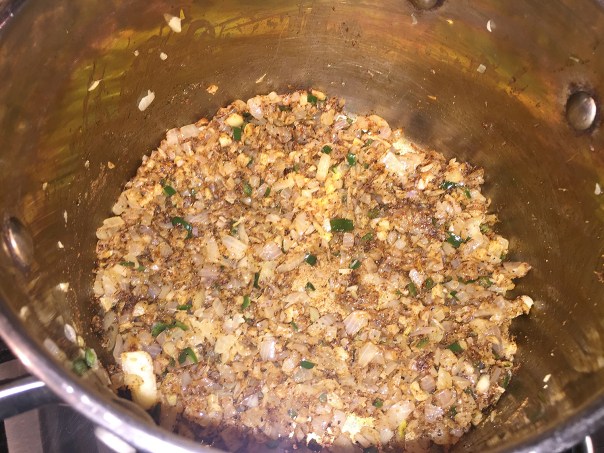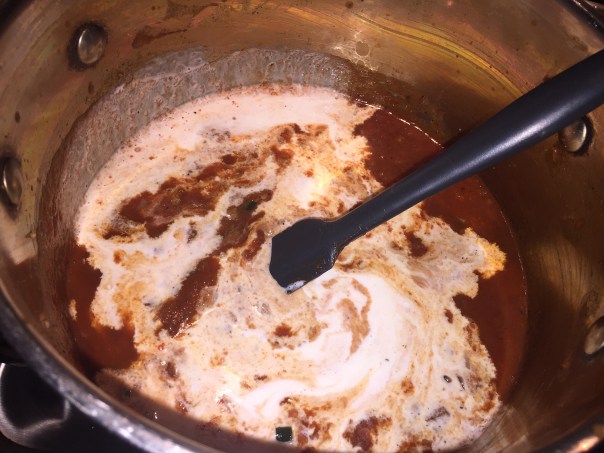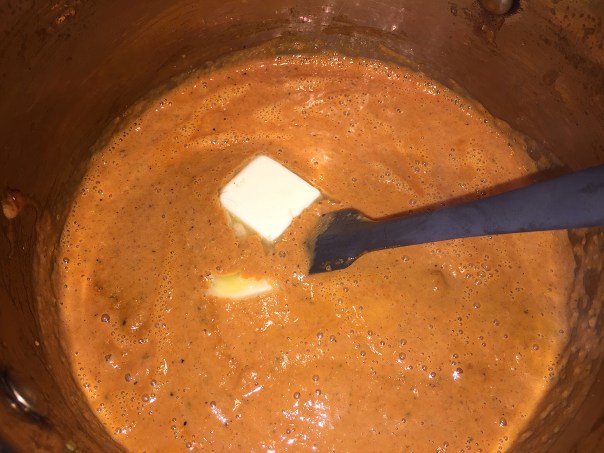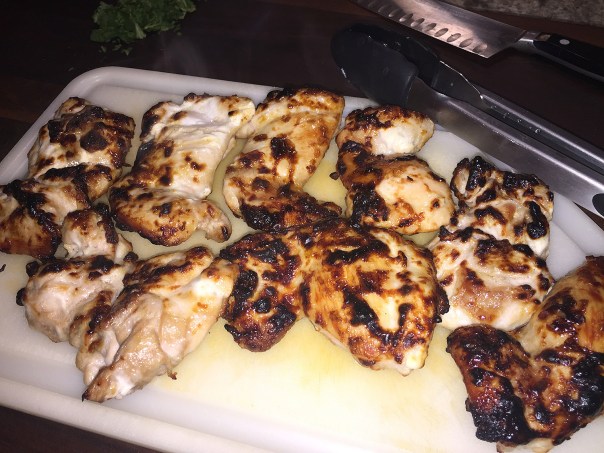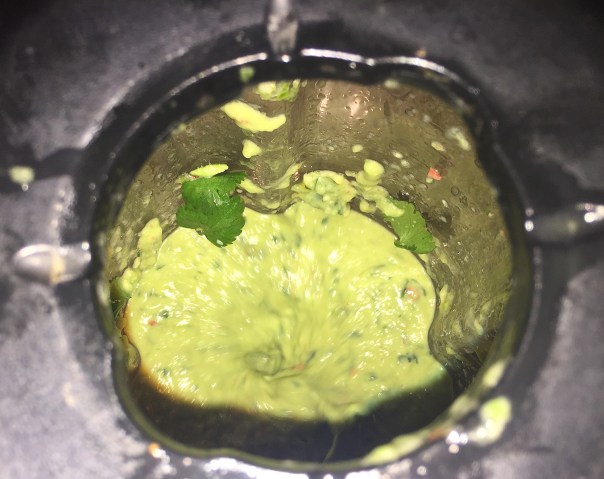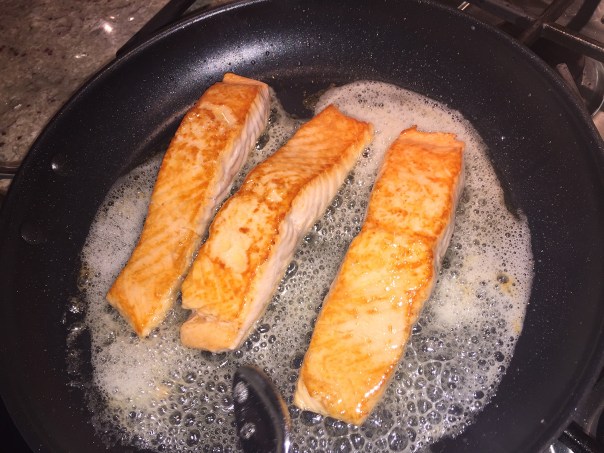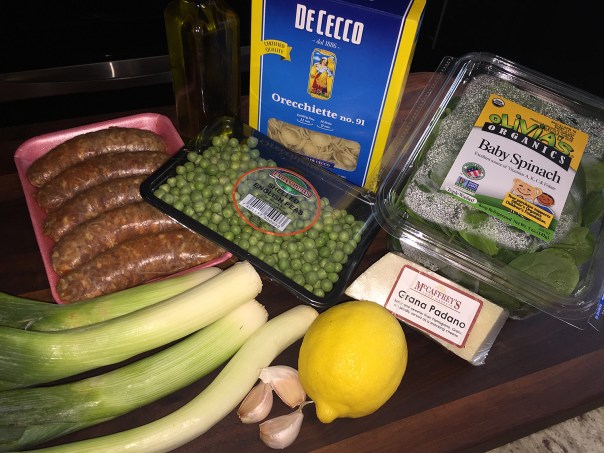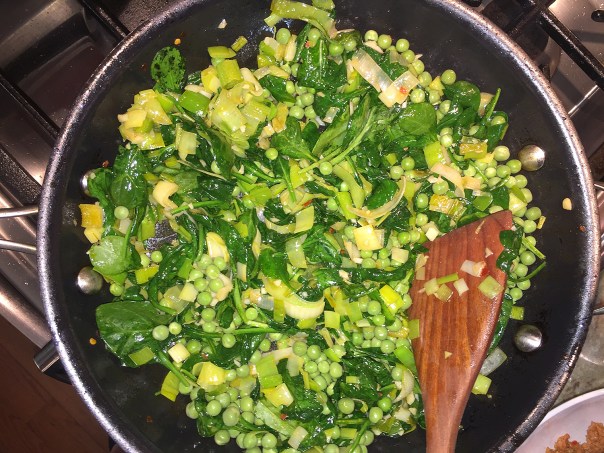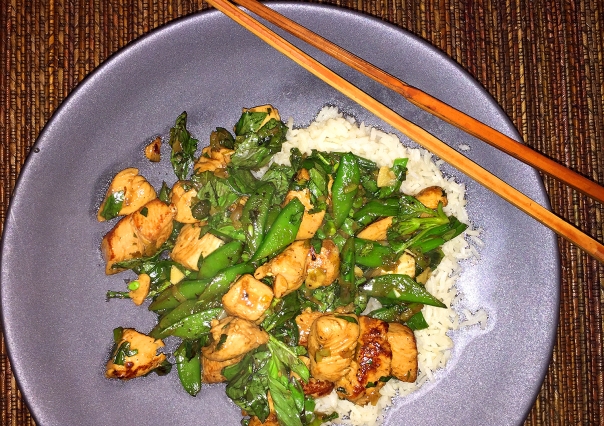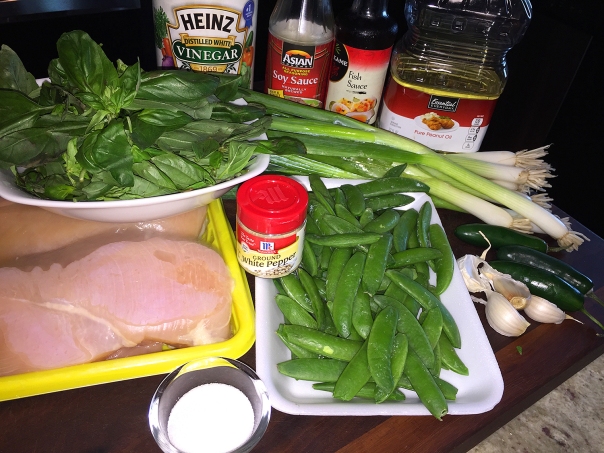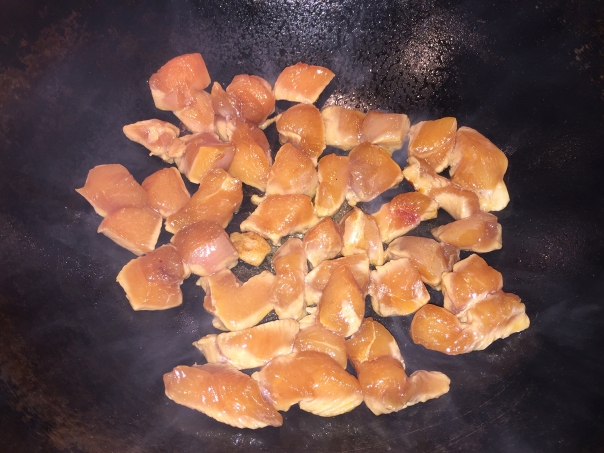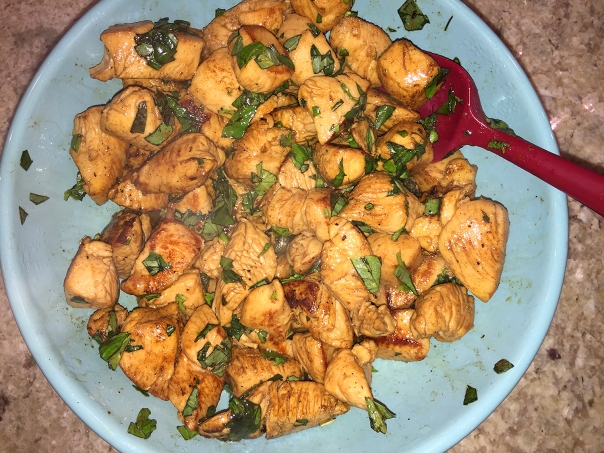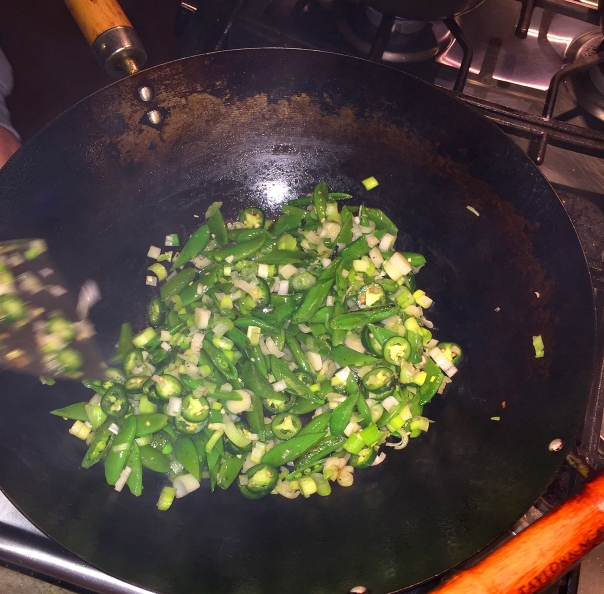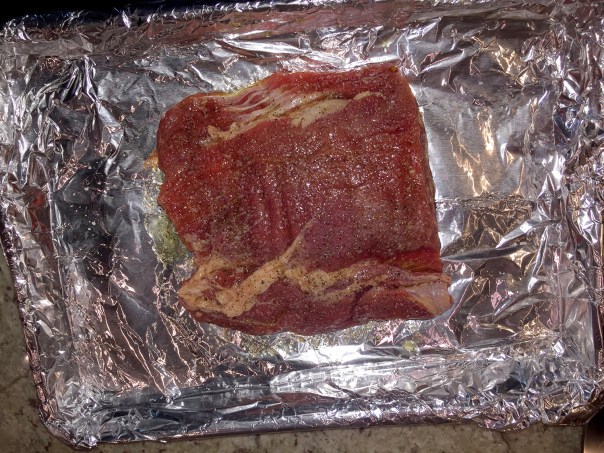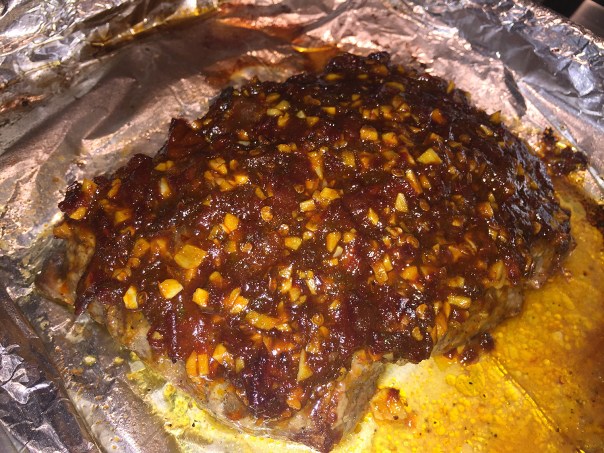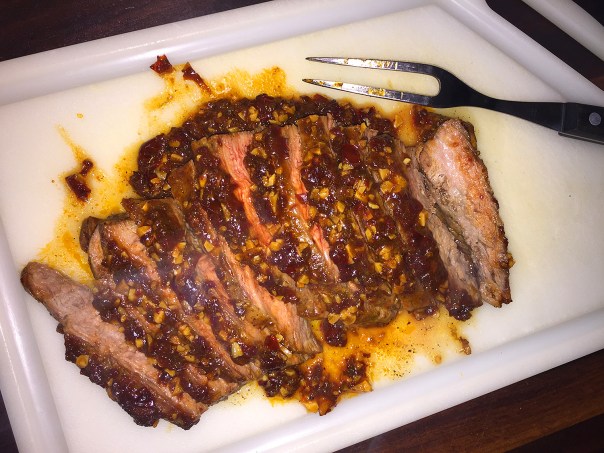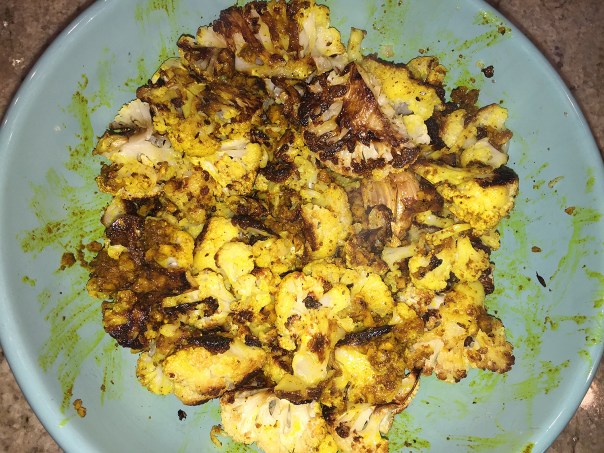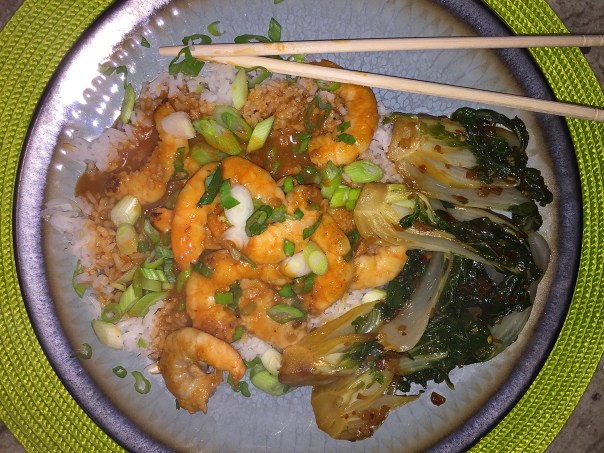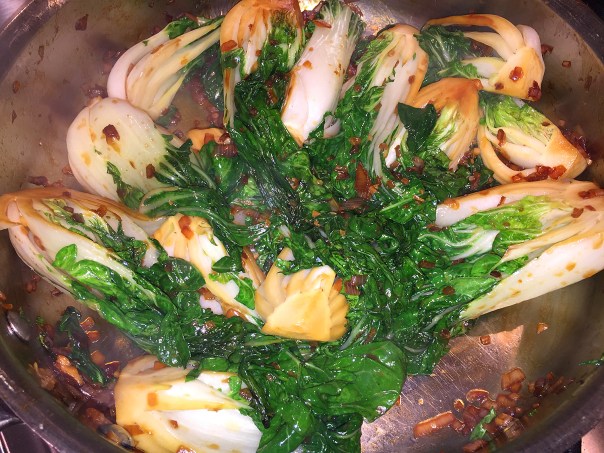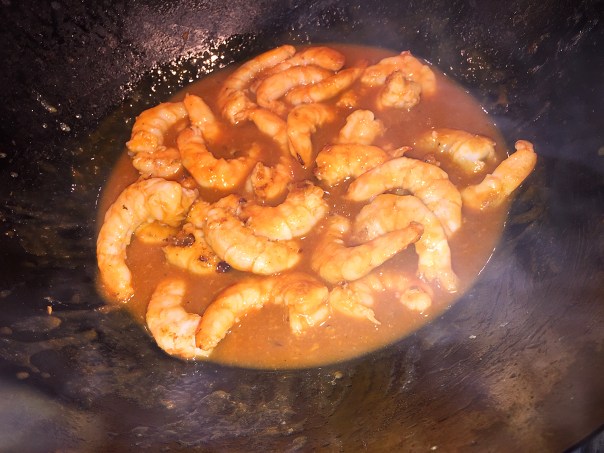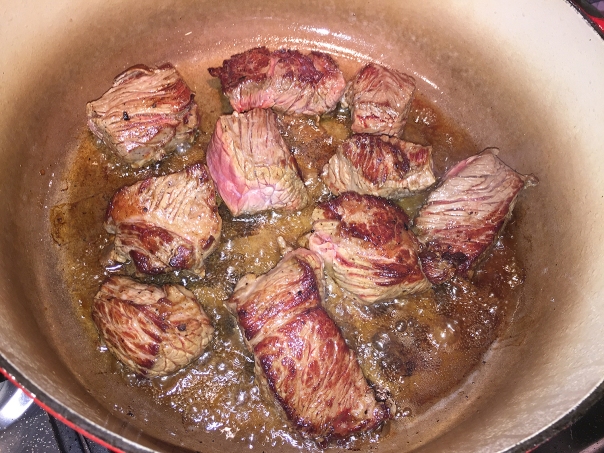Mustard is one of my favorite condiments and it is so versatile, with a large variety to choose from. As a kid, while all of my other siblings preferred ketchup on most things, I did a 180 and opted for mustard. To this day, it still brings back a childhood memory of being at our cabin on Lake Huron. We had two metal rocking chairs, one red and one yellow. While the other sibs fought over who could sit in the “ketchup” chair, no one bothered me when I claimed the “mustard” chair.
As described on foodrepublic.com, mustard is made by grinding mustard seeds and mixing them into liquid, which helps release the enzymes and oils that give mustard its bite. High-acid liquids, like vinegar, temper the resulting heat but help it keep its pungency, while using something low-acid, like cold water, results in a hotter mustard that can lose its potency relatively quickly.
Here are five of the most common types:
Yellow Mustard: Aka “American mustard,” this gets its characteristically bright yellow color from turmeric. One of the milder mustards, it’s hugely popular in the U.S. and can be found at most backyard cookouts involving hot dogs or burgers. It’s commonly referred to as just “mustard” by most Americans.
Dijon: The classic French mustard, nowadays is made with “white wine vinegar”. It has a smooth consistency like yellow but a more complex, sharp flavor.
Spicy Brown: This uses a slightly coarser grind than yellow or Dijon and includes some of the spicier brown mustard seeds in addition to the standard yellow/white seeds; and has more heat and deeper flavor than yellow mustard.
Whole Grain: These use whole mustard seeds. Sometimes they’ll use terms like “country” or “old style,” but if this is what you’re going for, you’ll be able to see the whole grains in the jar pretty easily—these have the most texture.
Sweet Mustards: These are mustards that have had something sweet added to them, like honey, but you’ll find all kinds of variations. Some are spicy, some are maple-y, some are thick, some are thin, but they’re all a wonderful mix of sweet and tangy.
In this recipe, the whole grain variety becomes the highlight of Pork Chops with Mustard Sauce.

Pork Chops with Mustard Sauce
Ingredients
- 4, 3/4 to 1-inch-thick bone-in pork chops (10-12 oz. each)
- Kosher salt and freshly ground black pepper
- 2 Tbs. all-purpose flour
- 1 Tbs. unsalted butter
- 1 Tbs. extra-virgin olive oil; more as needed
- 1/2 cup dry white wine
- 3/4 cup heavy cream
- 1/2 cup homemade chicken broth
- 1/4 cup stoneground mustard
Directions
- Season the chops lightly with salt and pepper and dredge in the flour, shaking off the excess.
- Put the butter and oil in a large cast iron skillet over medium heat. When hot, add the pork chops and cook, turning once, until golden on both sides and just cooked through, 11 to 14 minutes total, reaching an internal temperature of 140°. Transfer the pork to a serving platter and tent with foil.

- Add the wine, and scrape up the browned bits from the bottom of the pan with a wooden spoon. Increase the heat to medium high and boil until the wine is reduced to about 2 Tbs., 2 to 3 minutes.
- Stir in the cream, chicken broth, and mustard and boil until reduced to a saucy consistency, about 5 minutes. Season to taste with salt and pepper.


- Return the pork and any juices to the pan, turn to coat with the sauce, and let sit for about a minute to heat through, then transfer back to the serving platter.

- Drizzle any sauce remaining in the skillet over the chops and serve with a side of egg noodles.
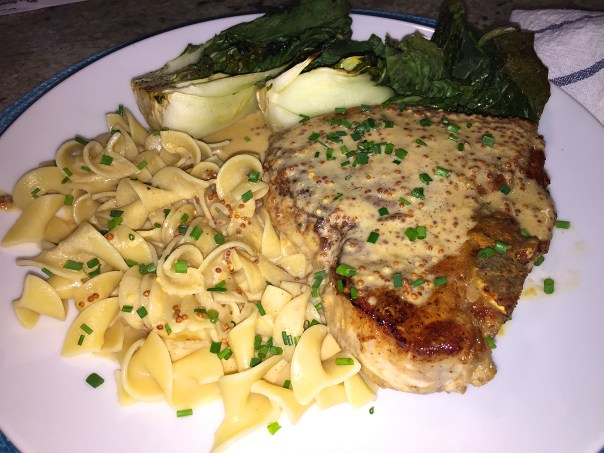
http://www.lynnandruss.com
Adapted loosely from a recipe on Finecooking.com

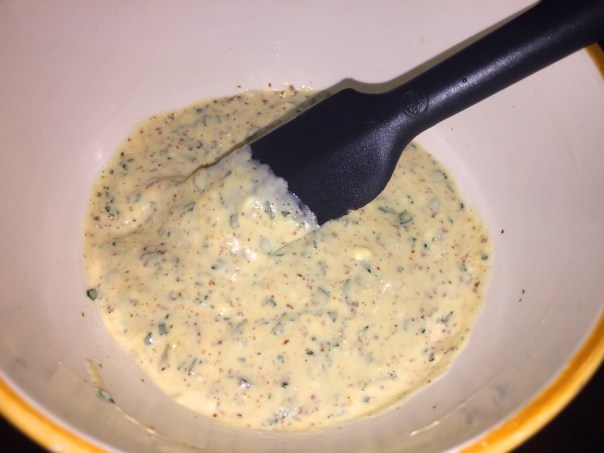
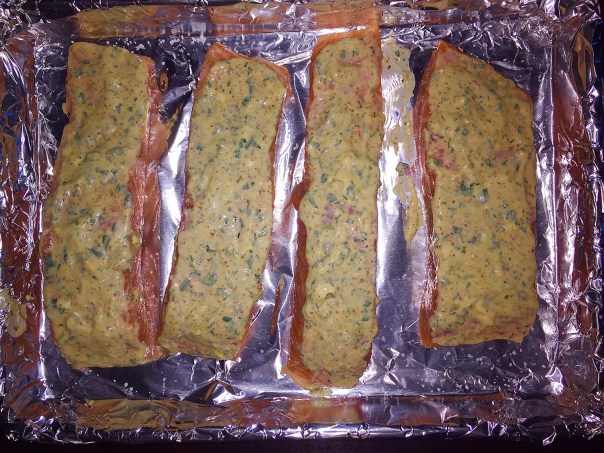






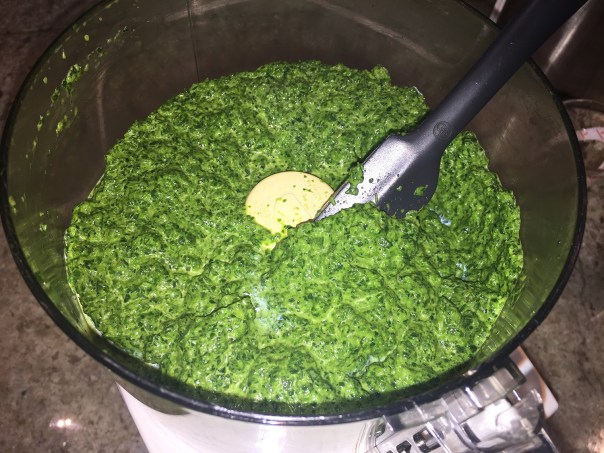





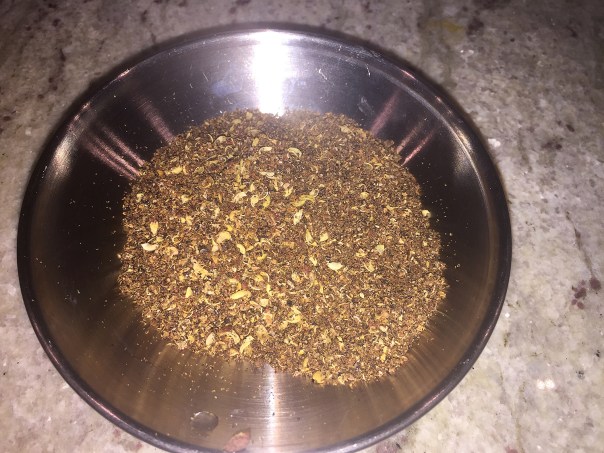 Usually Sichuan peppercorns come whole so you’ll need to grind them down in a spice blender or mortar and pestle.
Usually Sichuan peppercorns come whole so you’ll need to grind them down in a spice blender or mortar and pestle.